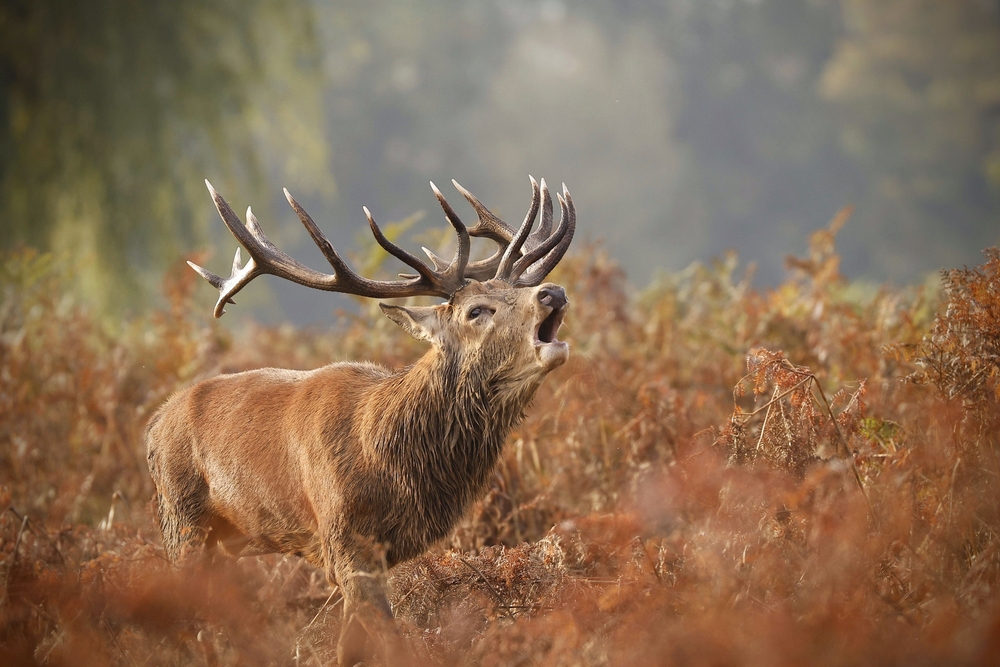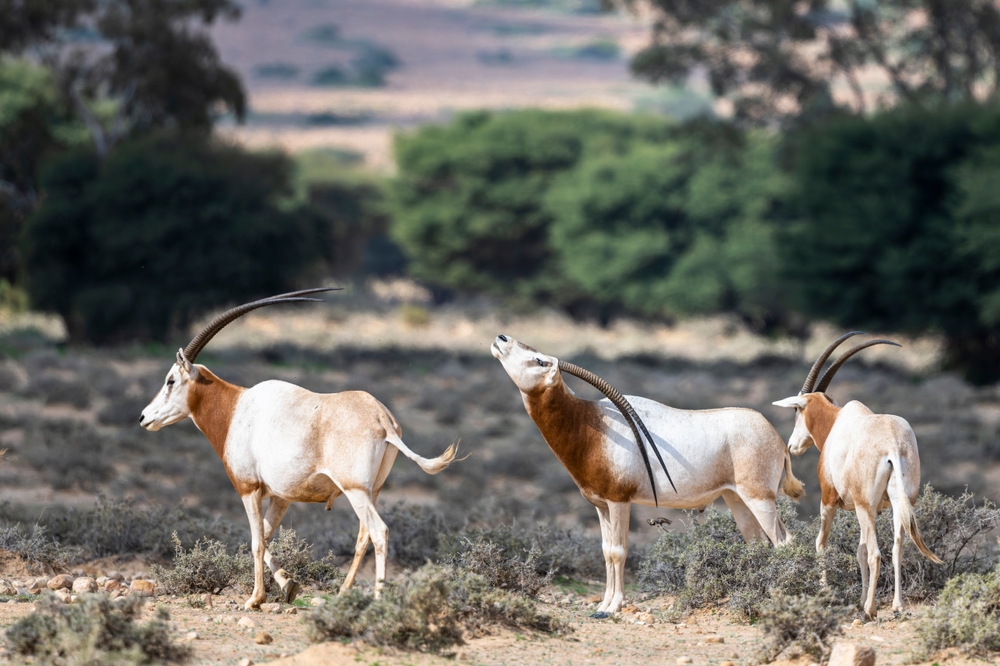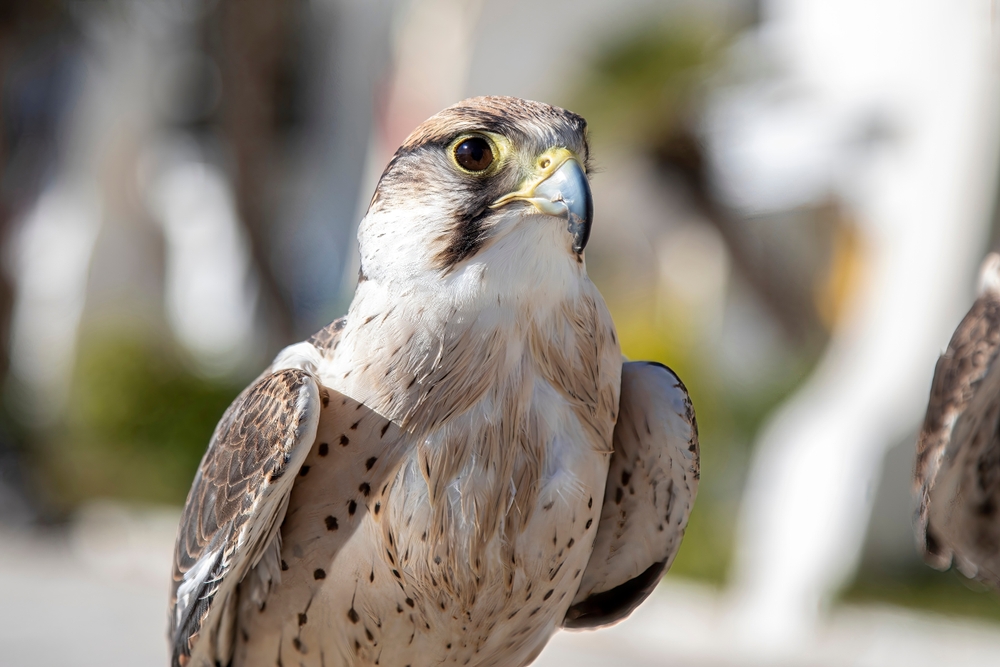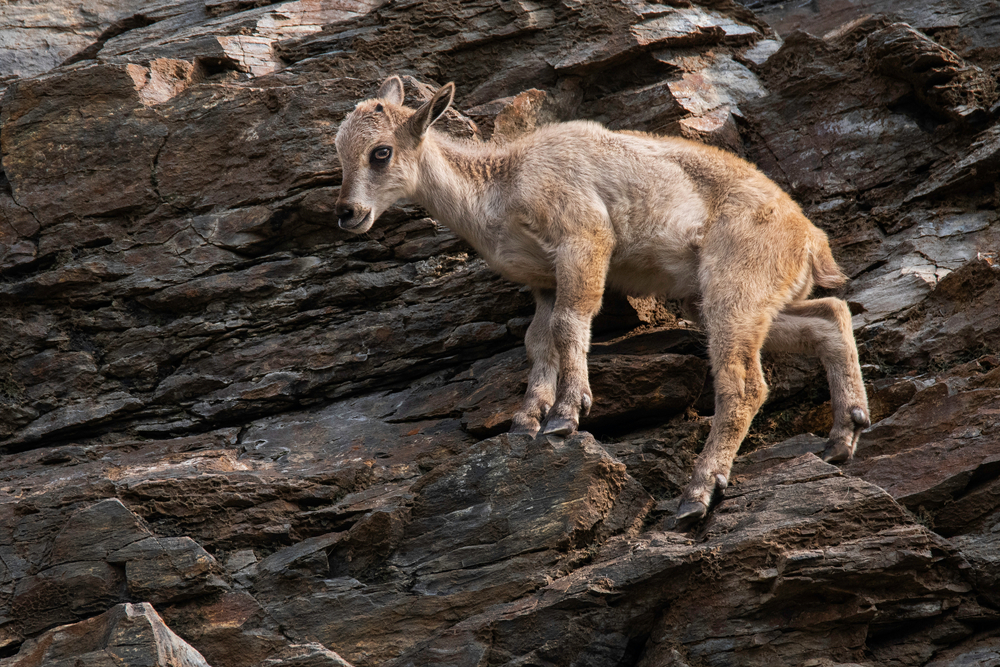El Feidja Overview
El Feidja National Park, locally known as Parc National d’El Feidja, is a hidden treasure nestled in the northwestern region of Tunisia, near the Algerian border. Spanning approximately 26 square kilometers (10 square miles), this park is part of the Kroumirie mountain range, renowned for its dense forests and rich biodiversity. Established in 1990, El Feidja serves as a critical sanctuary for Tunisia’s native flora and fauna, offering visitors a serene and captivating escape into nature.
The park’s terrain is a blend of rolling hills, rocky outcrops, and lush valleys. Although El Feidja does not feature towering mountains or large waterfalls, it is celebrated for its tranquil forest streams and scenic woodlands. These natural features create an idyllic setting for exploration and relaxation, especially during the cooler months. The park’s dense vegetation includes groves of cork oak, Aleppo pine, and holm oak, which form a verdant canopy over much of its area.
El Feidja National Park is perhaps best known for its role in conserving the critically endangered Barbary stag, a subspecies of red deer that thrives in the park’s forested habitat. These majestic creatures are the park’s flagship species, drawing visitors who wish to catch a glimpse of them in their natural environment. Other notable mammals include wild boars, jackals, and red foxes, all of which contribute to the park’s dynamic ecosystem.
Birdlife in El Feidja is equally diverse, with species such as the Eurasian jay, black woodpecker, and Tunisian blue tit frequently observed. Raptors like the long-legged buzzard and Bonelli’s eagle soar above the forest canopy, adding to the park’s avian appeal. The park is an excellent destination for birdwatchers, who can enjoy observing both resident and migratory species throughout the year.
The flora of El Feidja National Park includes an array of native and endemic plant species, many of which are well-adapted to its Mediterranean climate. The park is particularly vibrant in spring when wildflowers bloom in abundance, creating a kaleidoscope of colors against the green backdrop of the forest. This diverse plant life not only supports the park’s wildlife but also contributes to its role in soil and water conservation.
El Feidja is more than just a natural haven; it is also a site of cultural and historical significance. The surrounding region has been inhabited since ancient times, with archaeological remnants providing insight into the lifestyles of past civilizations. These cultural elements, combined with the park’s ecological importance, make El Feidja a multifaceted destination for visitors.
Conservation efforts in El Feidja National Park focus on protecting its unique biodiversity and promoting sustainable tourism. The park’s status as a protected area underscores its significance in preserving Tunisia’s natural heritage. Anti-poaching measures, reforestation projects, and community outreach programs are key components of its conservation strategy.
Visitors to El Feidja can enjoy hiking, wildlife observation, and nature photography. Well-marked trails wind through the park, leading to scenic viewpoints and quiet forest clearings. The park’s peaceful ambiance and accessibility make it an ideal destination for families and nature enthusiasts alike.
In summary, El Feidja National Park is a jewel of Tunisia’s natural landscape. Its dense forests, rare wildlife, and conservation success story make it a must-visit destination for those seeking tranquility and a connection to nature.













































































